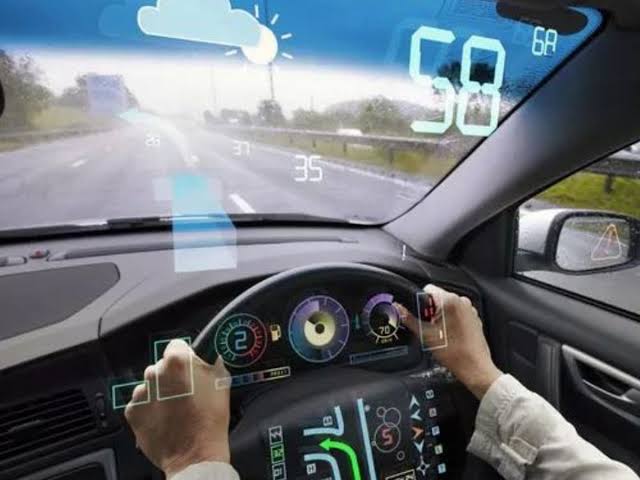
Imagine navigating roads with real-time visual instructions displayed on your windshield. Virtual arrows direct you, alerts warn of potential issues, and notifications help you drive safer. A seemingly futuristic concept, but the automotive industry is already implementing AR into their latest cars. The global AR auto market is booming and prediction suggests it reaching $14.44 billion by 2028. But why would drivers embrace AR? What benefits does it offer? And what challenges lie ahead?
The Growth of AR in Auto Navigation Systems
The automotive industry has been buzzing about Extended Reality (XR) for some time. Today, virtual reality provides an effortless way for companies to collaborate on prototypes. Mixed and augmented reality revolutionize inspections and make quality assurance easier. XR even allows consumers to virtually test drive cars without leaving home.
AR in navigation systems is a prime example of how AR could change driving. AR-enhanced navigation is gaining popularity as luxury vehicle manufacturers aim to attract affluent customers with cutting-edge tech. Last year, Cadillac announced the AR guidance system in the new Escalade, and Genesis has its AR system. In fact, AR navigation is not limited to the automotive industry, F-35 pilots now receive AR insights, and Google is launching AR walking directions for maps.
What are the Advantages of AR Navigation Systems?
AR in navigation may sound complex, but it often only requires a front bumper camera for real-time info. The software is built-in and connected to the dashboard. BMW i4 drivers can access AR directions via the infotainment system’s front-view camera. Interactive arrows on the touch-screen display when to turn or switch lanes. These AR navigation solutions offer clear advantages. Placing directions in a real-world environment simplifies access to information, enabling smarter driving decisions.
AR systems improve driving by making quicker decisions and delivering real-time, intelligent information to reduce the risk of accidents and misdirection. AR can also increase safety by reducing the need to check phones for instructions while driving. However, the main issue with current AR navigation is restrictions in potential due to display on dashboard screens, requiring drivers to look away from the road.
The featured image was gotten from Augustman.com



